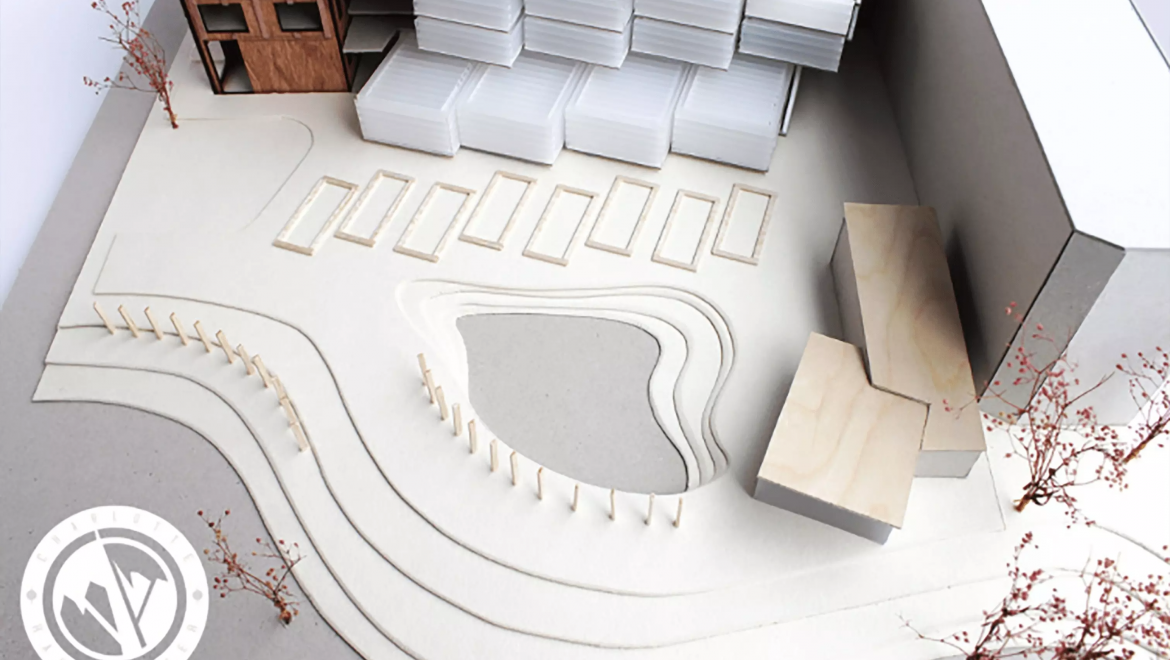How long does it take to complete an architectural model?
The time it takes to complete an architectural model can vary depending on several factors, including the size and complexity of the building or structure being modeled, the materials and techniques used to create the model, and the level of detail required.
For simple or small-scale models, it may be possible to complete the model in a matter of hours or days. However, for larger and more complex models, the process can take several weeks or even months to complete.
The first step in creating an architectural model is to create a detailed design or blueprint of the building or structure being modeled. This design phase can take anywhere from a few days to several weeks, depending on the complexity of the design and the amount of input required from stakeholders and design team members.
Once the design is complete, the process of building the model can begin. The time required to build the model will depend on the materials and techniques being used. For example, if the model is being created using 3D printing, the printing process can take several hours or days, depending on the size and complexity of the model. If the model is being created using traditional model-making techniques, such as cutting and gluing materials together by hand, the process can take much longer.
In addition to the time required to create the model itself, there may also be additional time required for finishing touches and detailing, such as painting or adding small details to the model.
Overall, the time required to complete an architectural model can vary widely depending on the factors listed above. It is important to carefully consider the scope of the project and the level of detail required when estimating the time required to complete the model.














